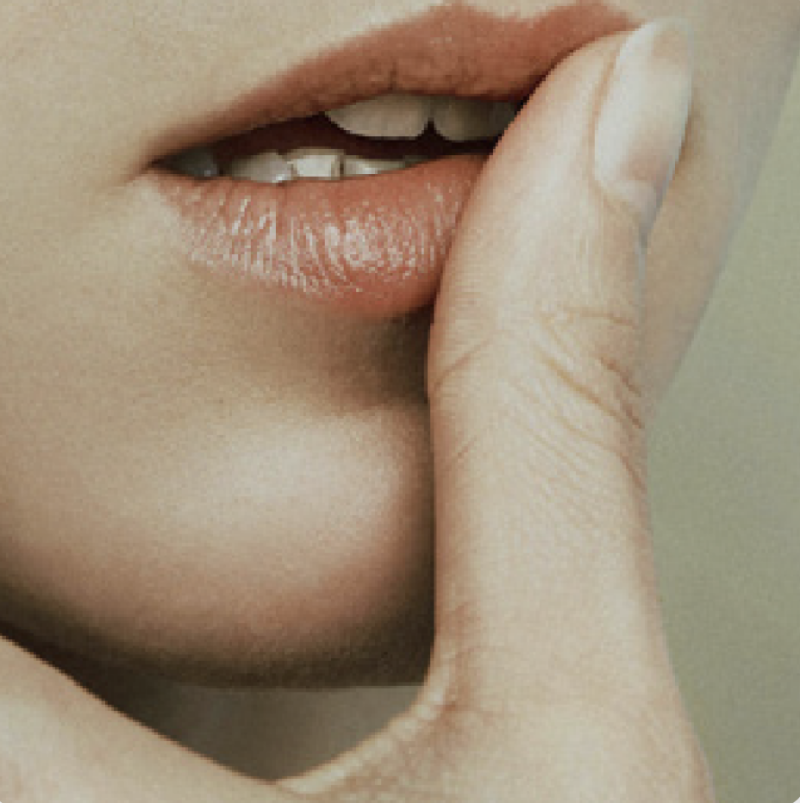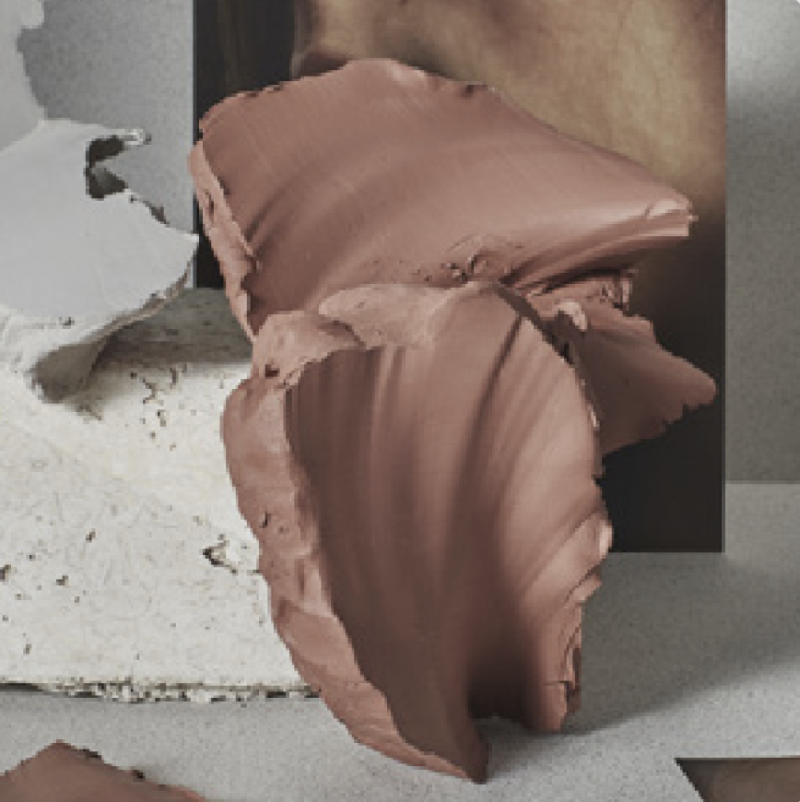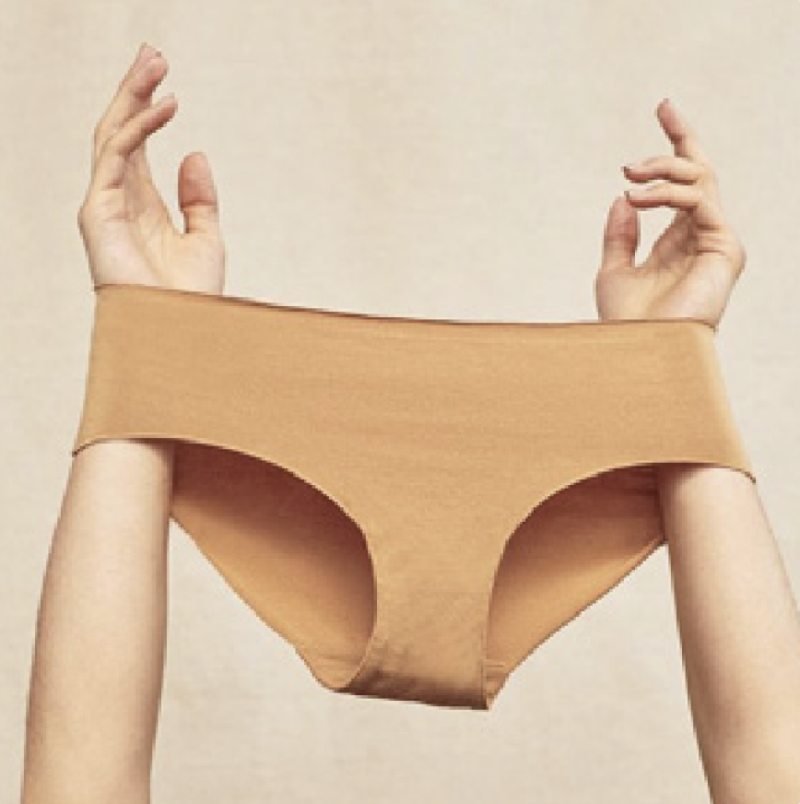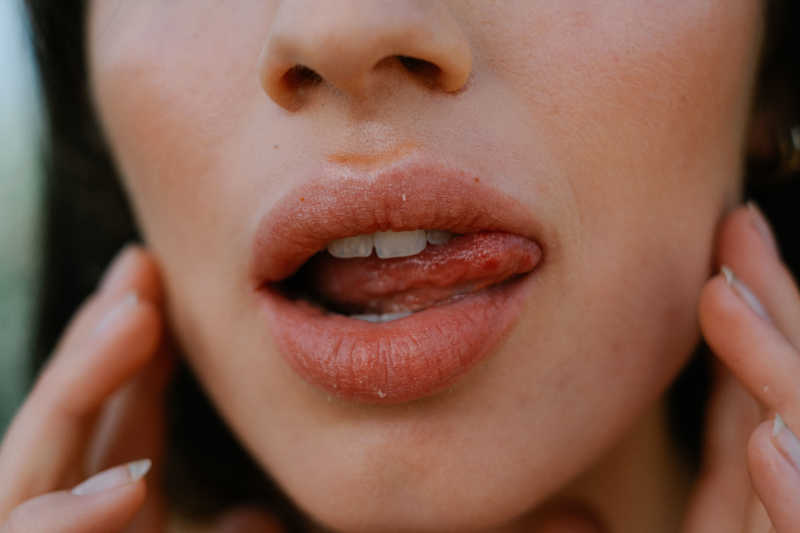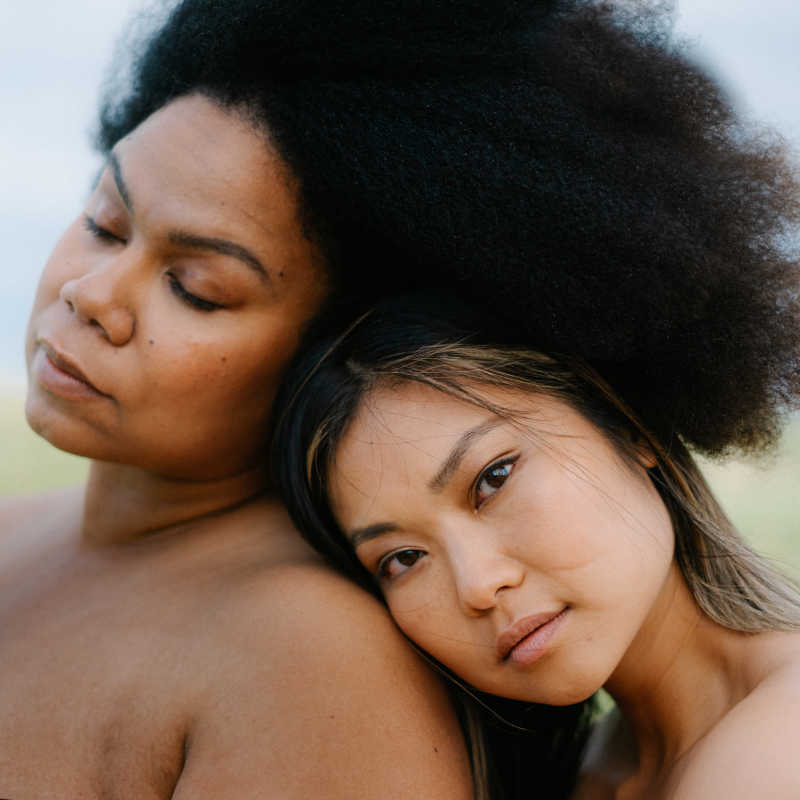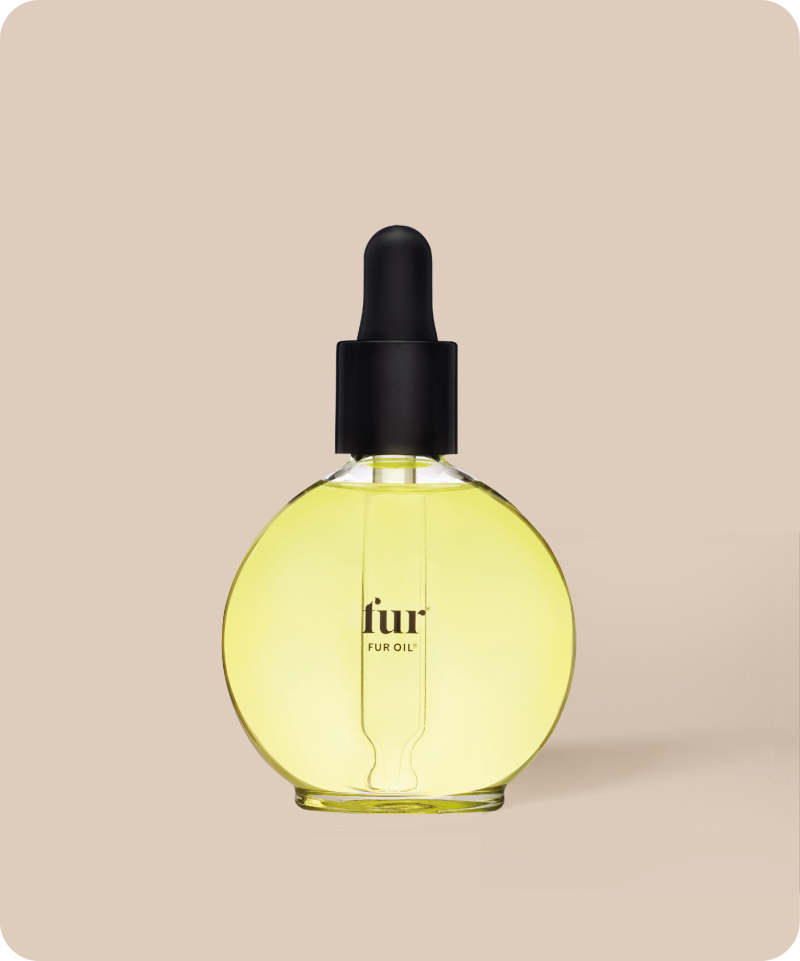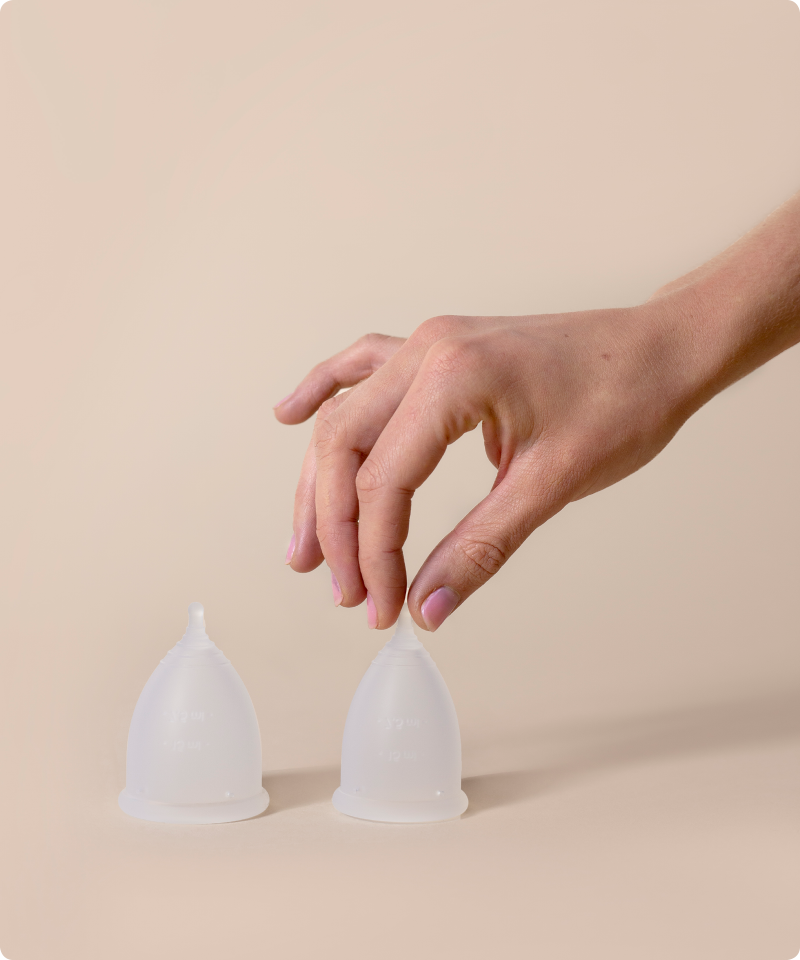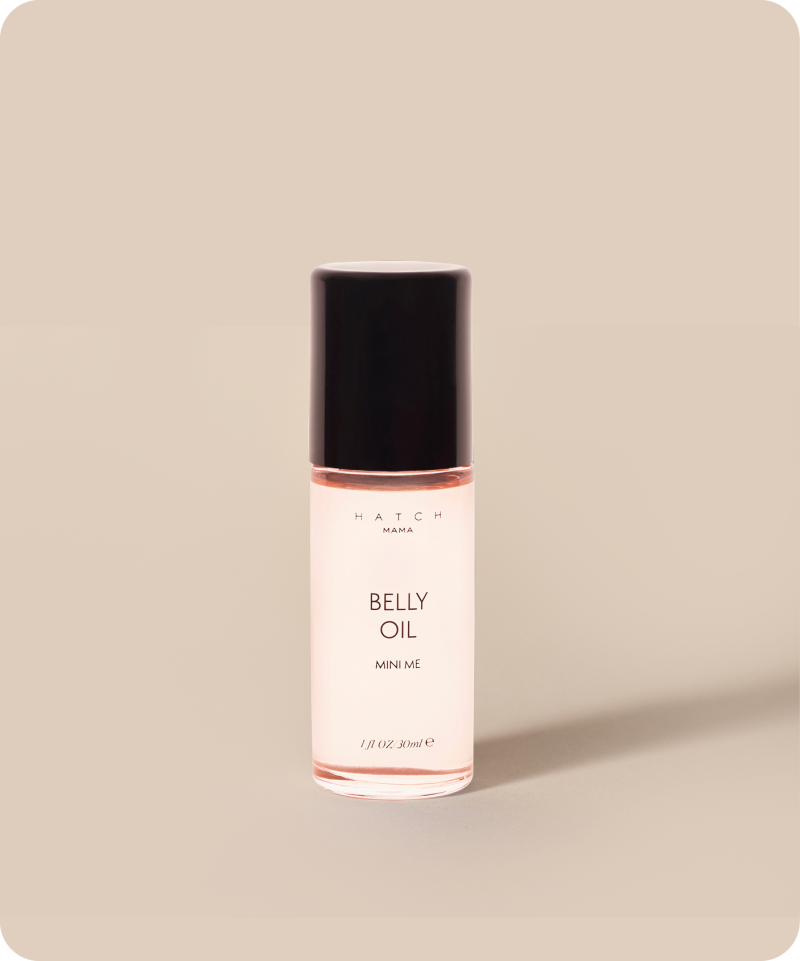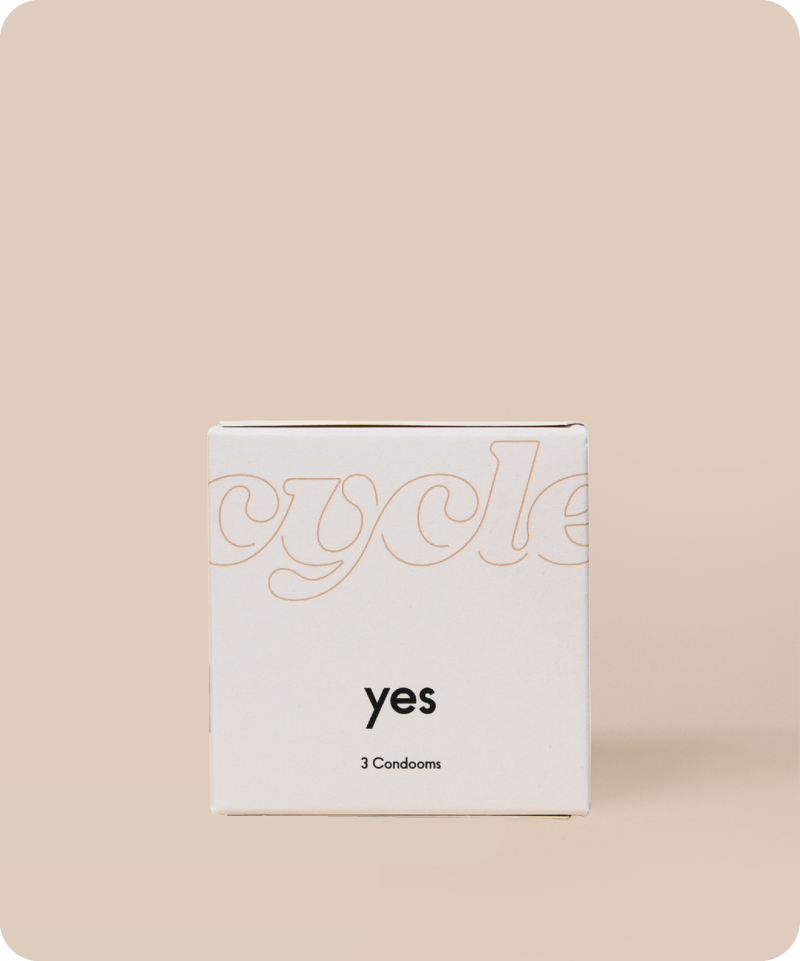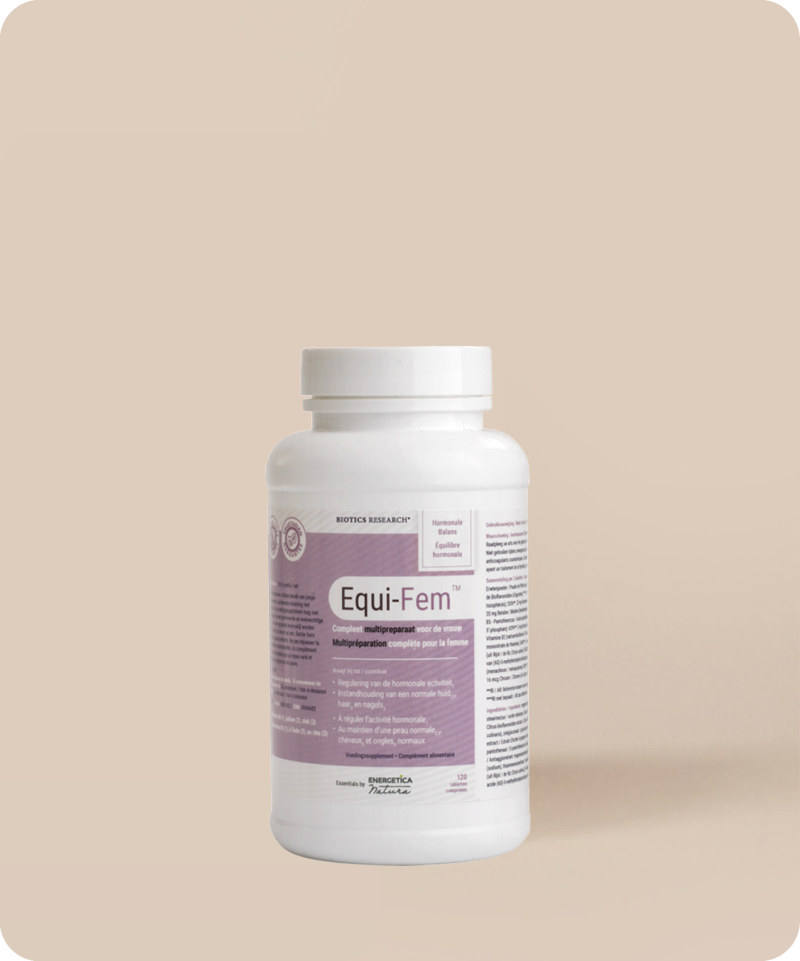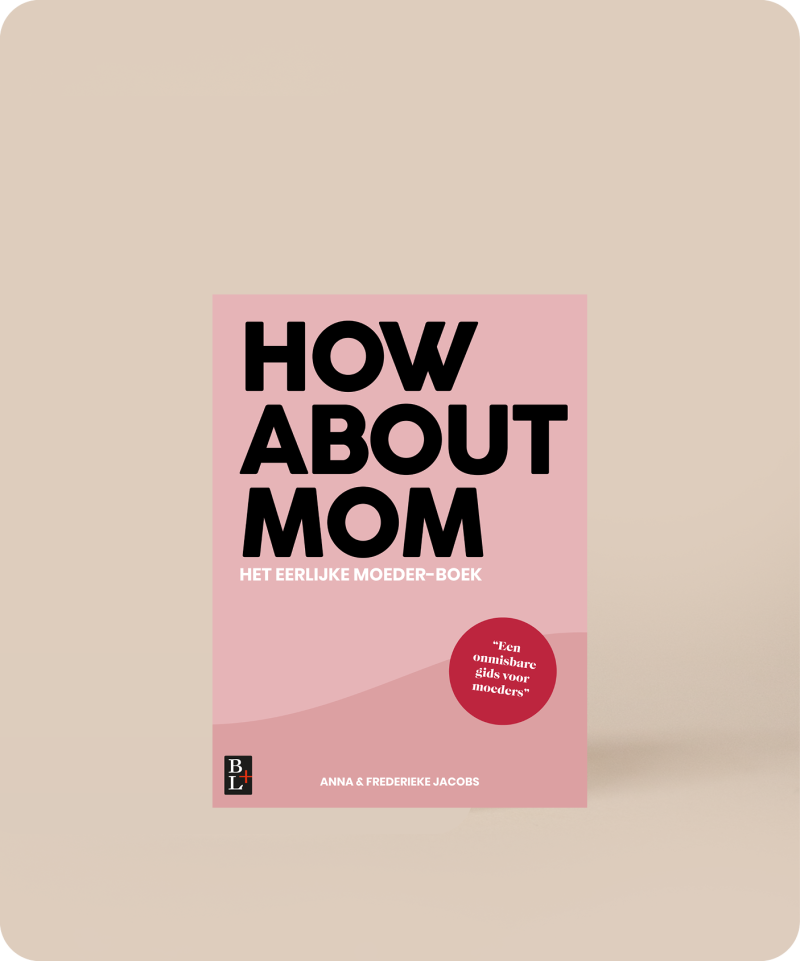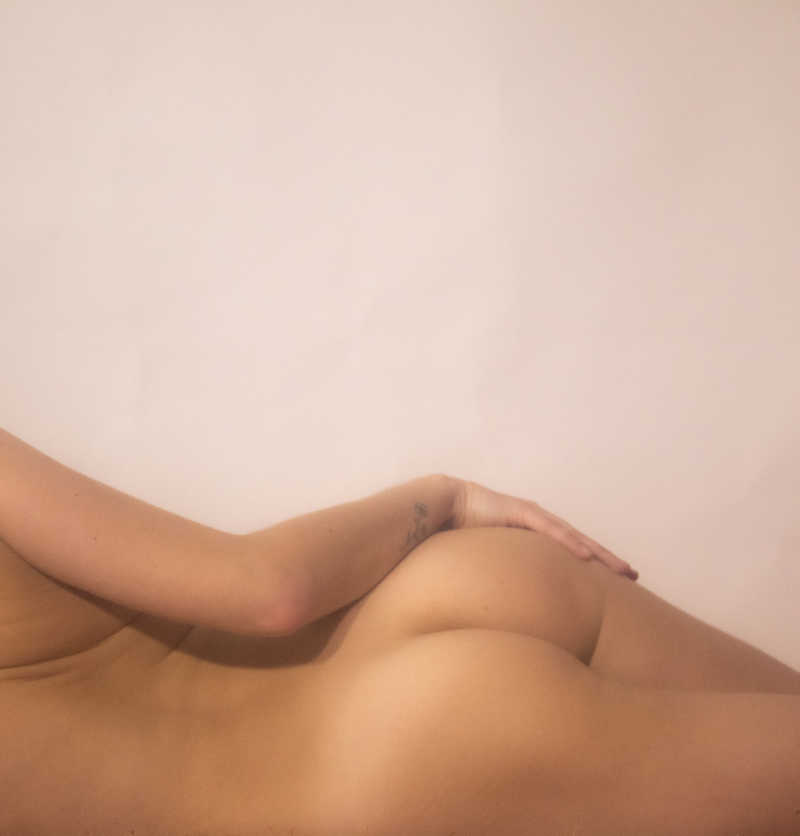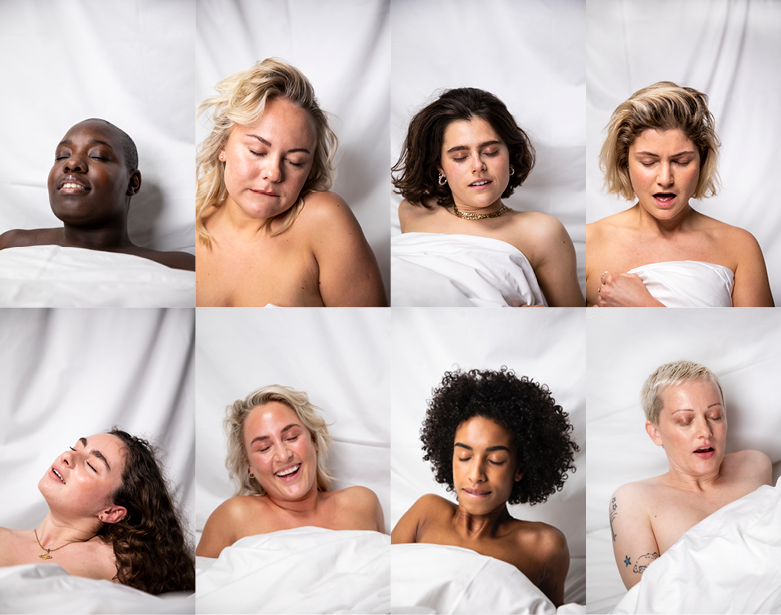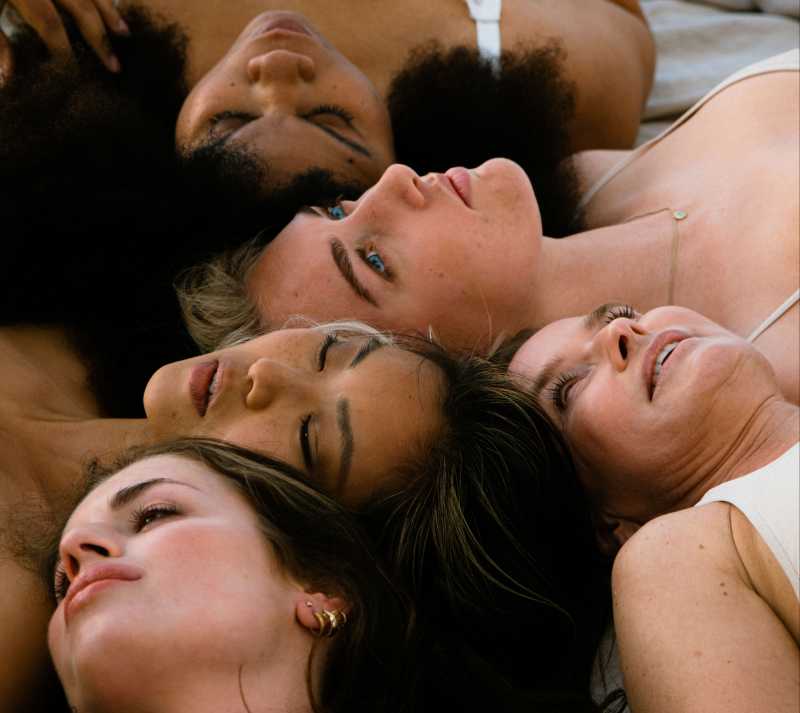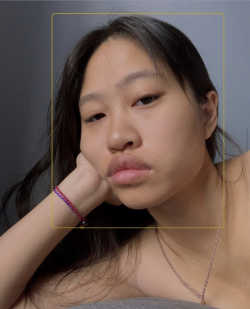Skincare for hormonal acne, does it really work?
It is also called cystic acne (which is a pretty word for something that is not that pretty). Or hormonal acne, which immediately shows the cause: hormones. People with a period are blessed with a body full of hormones, which doesn’t need that much to be imbalanced. And as a result you get -among other things- impurities of the skin (which is just a cute name for something that doesn’t make you feel pure at all).
That 70% of all kids deal with hormonal acne during puberty is nothing new. Both boys as well as girls can suffer from acne-prone skin thanks to an increase in the male hormone testosterone. But puberty has just ended and now a new life without pimples is waiting for you! Well, think again...
Did you know that adult (25 years and older) hormonal acne can be found in 40% of all people? Hormonal acne on the jawline, or on the back, a nice red, juicy, inflamed unit that always shows up at the wrong moment, rashes caused by hormones... And women come out of this acne rate just a little worse than men: 75-85% of the initial 40% is female in comparison to 15-25% males who get hormonal acne.
This unfair difference can be explained. For men, the hormone balance stabilizes over time, but for women their hormone levels continue to fluctuate. Women do get something in return: a menstrual cycle, the ability to become pregnant, and -the cherry on top- the menopause.
These fluctuating hormone levels can be stabilized by using the pill, but hormonal acne can become your new reality after you’ve quit the pill.
Fortunately, there are things you can do to battle the acne. There are a lot of very simple ways to combat hormonal acne with natural treatments, but sometimes more drastic measures are needed. We’ve listed some possibilities for you.
In first place: treat your skin right
Cleansing your acne-prone skin is so important, because this way you:
Remove dirt, so your pores don’t get clogged and no inflammation or other irritations can occur.
Prepare your skin to better absorb a (hydrating or medical) moisturizer.
Remove excess sebum (which also causes problems).
Keep the pH level of your skin well balanced.
And, even though it is so tempting, do not pick at your skin. This means no squeezing, no scratching, no touching. If you don’t touch them and you treat your skin with the right products, then those whiteheads will be gone in a couple of days (or at least shrunk a bit).
There are many creams and cleansers specifically developed for acne for sale, but a lot of these products are actually way too aggressive, especially when you have sensitive acne-prone skin in need of mild cleansing products. A key ingredient in any good acne treatment is Salicylic Acid. It’s an exfoliant, a remedy that rids your skin of dead skin cells. It dissolves excess sebum, penetrates deep into the pores, and works anti-inflammatory.
It is always smart to get advice from an aesthetician or skin therapist with regards to the right, mild products. They cannot only advise you on the right skincare (and also sell them), but also on the right way to treat your skin, they can possibly give your skin a thorough cleansing (using an appropriate mask or a peeling), they can apply light therapy... all of this to improve your skin condition.
In the worst case you can buy products at the pharmacy with benzoyl peroxide as the main ingredient. It kills the bacteria which are responsible for your acne.
If nothing else works (or you just want to get some help from an expert), then you can visit a dermatologist. A dermatologist can write you a prescription for an antibiotic cream against hormonal acne or a gel based on vitamin A acid. Or - if necessary - a course of antibiotics (short- or long-term, in low or heavy doses; depending on the degree of acne).
Avoid stress
Don’t worry, we know, it is much easier said than done, but try to avoid getting stressed. Stress is the perfect food for pimples and spots. It stimulates the production of sebum by activating your sebaceous glands. Exercise, yoga, meditation, taking a stroll, a nice relaxing bath, meeting with friends... that’s how you produce hormones that lower your stress levels.
Get enough sleep
Sleeping sufficiently and well is important for two reasons:
1. Your skin recovers at night from all of the ‘impressions’ of the day.
2. If you aren’t a great sleeper (meaning you wake up multiple times during the night) then you can disrupt your sleep schedule and that will disrupt your hormone balance.
Conclusion, you have to sleep well. And who doesn’t want that? There are a couple of things you can do to have a great night’s sleep: take a warm bath before going to bed, make some time to take a quiet evening stroll. There are also amazing sleep meditation apps you can download. It also helps to stick to a schedule: go to bed at the same time every night and get some blackout curtains so the first ray of sunshine doesn’t immediately wake you up. There are other things you can do as well, like no screen time for at least an hour before you go to bed, no more coffee, and drinking a lot. This may sound like the perfect recipe for a good night of sleep, but it doesn’t always lead to the sleep you need to get a healthy skin.
Nutrition
Did you know that nutrition could be decisive for your hormone balance? And with that, the amount of acne you have? There are more and more scientific studies claiming that the condition of the skin as well as the hormone balance is determined by the gut flora. If that is disrupted, you should be able to see that in a stressed skin (with pimples and spots). To keep your gut flora good, healthy eating is a must. Pimples flourish when you eat a lot of refined sugars. That’s why cookies, chocolate, candy etcetera are better to scrap out of your diet.
It’s best to eat as pure as possible. So fresh prepared meals, lots of vegetables, fruits, good fats (avocados, nuts and olive oil) (instead of chips, fries, and ready-made meals). Try to eat food with as little additives as possible, with plenty of proteins and fibers (no white flour products like white bread and regular pasta, but rather whole grain products). Healthy nutrition contributes to lower inflammation levels in your body (acne is, after all, an inflammation of the skin).
Niacinamide, better known as vitamin B3, is a key ingredient when dealing with acne. Niacinamide is mostly found in fish and nuts. This essential vitamin helps with the functioning of our digestive system and our nerve system, and contributes in that way to a nice skin.
And try to eat food rich with antioxidants: berries, cherries, green tea and spinach. They fight free radicals in your body that are responsible for damaging your skin. Nutrition that can trigger the sebaceous glands are cow milk and nightshade plants like potatoes, tomatoes, peppers, and eggplants.
Hydration
We mean water (a liter or two), green tea (rich with antioxidants), or water with lemon, cucumber, and fresh mint (works detoxifying and cleansing and it’s tasty too!) With ‘hydration’ we don’t mean: alcohol, coffee, or sodas.
Probiotics
Probiotics are an extra tool to help balance the gut flora. They are live bacteria that are beneficial to your gut. However, we advise to talk with an expert about this and to not just buy a package of probiotics to try it out. And with experts we mean the pharmacist, a dietitian, or experts working in health food stores, which sell several of these supplements.
Vitamins and minerals
There are a lot of vitamins and minerals which contribute to a healthy skin. The best thing is to get as much as you can from your diet, but some of us get good results from taking supplements.
First, vitamin C. Citrus fruits, but also tomatoes and strawberries are stuffed with this vitamin. Vitamin C does not only strengthen your immune system, but also strengthens your skin barrier. In addition, it also has a healing effect on the skin.
Another key ingredient is vitamin E. Vitamin E can be found in leafy green vegetables, eggs, nuts, soy, olive oil, and coconut oil among others. Vitamin E allows your skin to repair itself naturally from inflammations and makes it look flawless again.
Selenium. If you can’t get enough selenium from your nutrition (think of Brazil nuts and almonds, whole grain products, onions, and garlic), then you can choose to take an extra dose in pill form. Selenium ensures that your skin remains elastic and fights inflammation.
Zinc. You mostly get it through your diet, mainly from meat, fish (especially shellfish like oysters), but also from nuts and milk products.
Skincare for hormonal acne, it really works!
You see: there are so many options for fighting the battle with hormonal acne. Thankfully, there are. And whilst they won’t perform miracles, these options can make a big difference for your skin!
